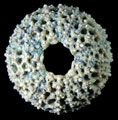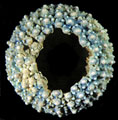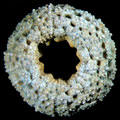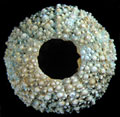The Echinoid Directory
Viaudechinus Roman, 1983, p. 4
| Diagnostic Features |
|
|---|---|
| Distribution | Uppermost Miocene and Pliocene, France. |
| Name gender | masculine |
| Type | Dicoptella bigoti Lambert & Thiery, 1911, p. 233, by original designation. |
| Species Included |
|
| Classification and/or Status |
|
| Remarks |
|





